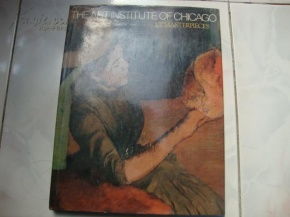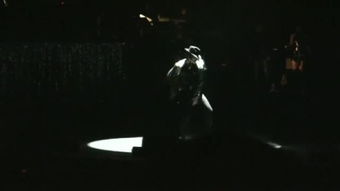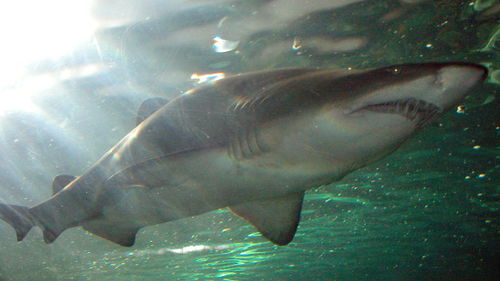Content:

Fishing during hot summer days can be both challenging and rewarding. One of the most effective baits for catching fish is the humble earthworm, but finding them in the heat can be a task in itself. In this article, we'll delve into the art of worm fishing and provide you with essential tips and techniques to ensure you have a successful day out on the water, even when the temperatures soar.
Understanding the Behavior of Earthworms in Hot Weather
Before we dive into the techniques, it's important to understand how earthworms behave during hot weather. Earthworms are cold-blooded creatures, which means their body temperature is regulated by the environment. In hot weather, they tend to move deeper into the soil to escape the heat. This behavior can make them harder to find, but not impossible.
Finding Earthworms in the Heat
Early Morning or Late Evening: The best time to search for earthworms is during the cooler parts of the day, such as early morning or late evening. These are the times when the soil is still cool enough to attract worms.
Moisture is Key: Earthworms thrive in moist soil. Look for areas with high moisture content, such as near water sources, under mulch, or in dense vegetation.
Shady Spots: Earthworms tend to avoid direct sunlight. Look for shaded areas under trees, shrubs, or in the dappled light of a forest floor.
Loosen the Soil: Gently loosen the soil with your hands or a small trowel to expose the worms. Be gentle to avoid killing them.
Use a Worm Bucket: A specialized worm bucket with a screen bottom can help you collect worms without damaging them. Simply place the bucket over the area you're searching and shake the soil into the bucket.
Preparing the Worms for Fishing
Cool Them Down: Once you've collected your worms, it's important to cool them down before using them as bait. Place them in a bucket of cool water for a few minutes to bring their body temperature down.
Condition the Worms: Allow the worms to rest in the water for a while, then gently remove them and place them in a damp cloth or a container lined with damp paper towels. This will help them stay hydrated and more active.
Avoid Overcrowding: Don't overcrowd your worms. They need space to breathe and move around. Too many worms in a small space can lead to stress and death.
Fishing Techniques for Hot Days
Use a Light Line: On hot days, fish are less active, so using a light line can help you detect subtle bites.
Patience is Key: Fish may be less aggressive in hot weather, so be patient and wait for the bite. Don't set the hook too quickly.
Change Your Baits: If you're not getting bites, try changing your baits. Sometimes, a different type of worm or a different presentation can make the difference.
Fish in Cool Water: If possible, fish in areas with cooler water, such as the deeper parts of a lake or the shade under a bridge.
Final Tips
Stay Hydrated: Make sure you stay hydrated while out on the water. The heat can be deceptively intense, and you don't want to faint or become dehydrated.
Protect Yourself: Wear a hat, sunscreen, and protective clothing to shield yourself from the sun's rays.
Respect the Environment: Be mindful of your surroundings and the creatures you're fishing for. Don't harm the environment or other wildlife.
By following these tips and techniques, you'll be well-prepared to tackle the challenges of worm fishing on hot summer days. Remember, the key is patience, preparation, and a little bit of know-how. With the right approach, you'll be able to enjoy a successful day out on the water, reeling in fish with the help of your trusty earthworm baits. Happy fishing!












